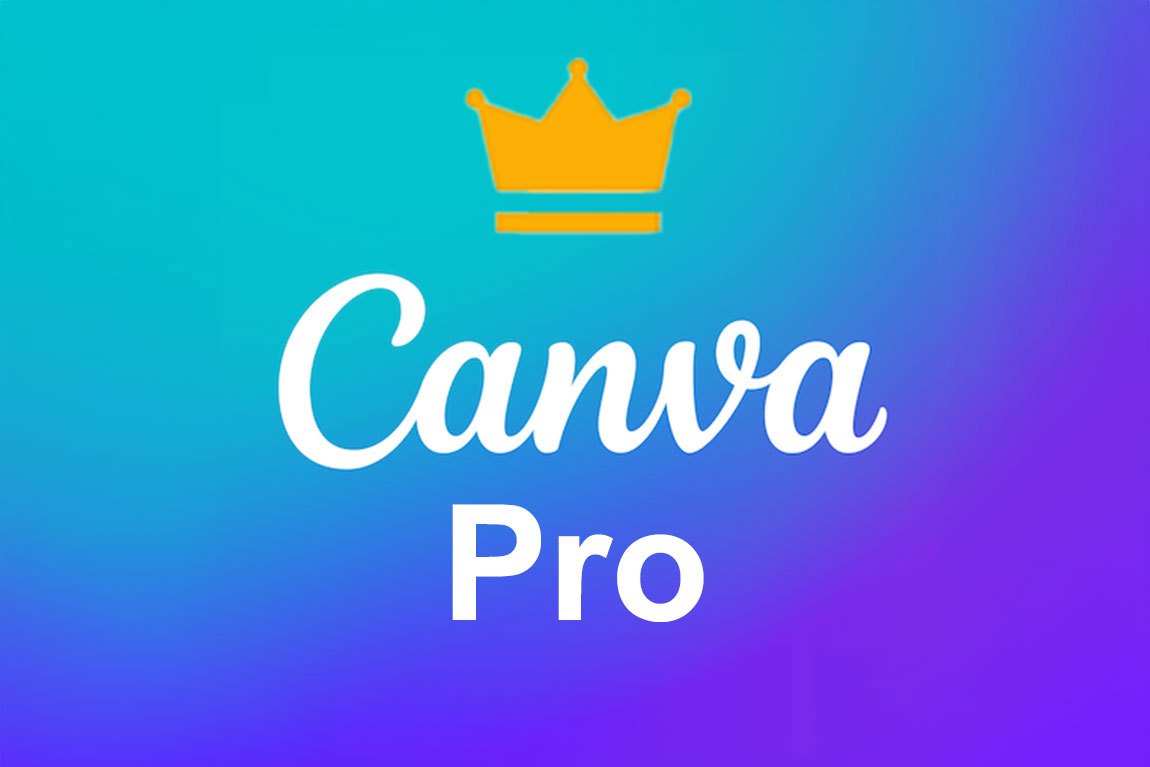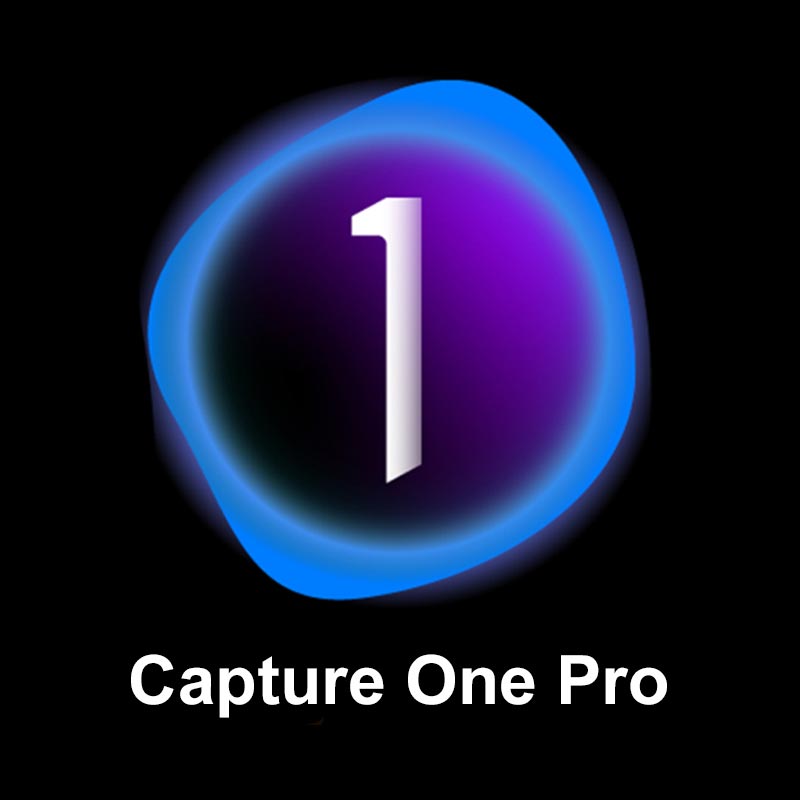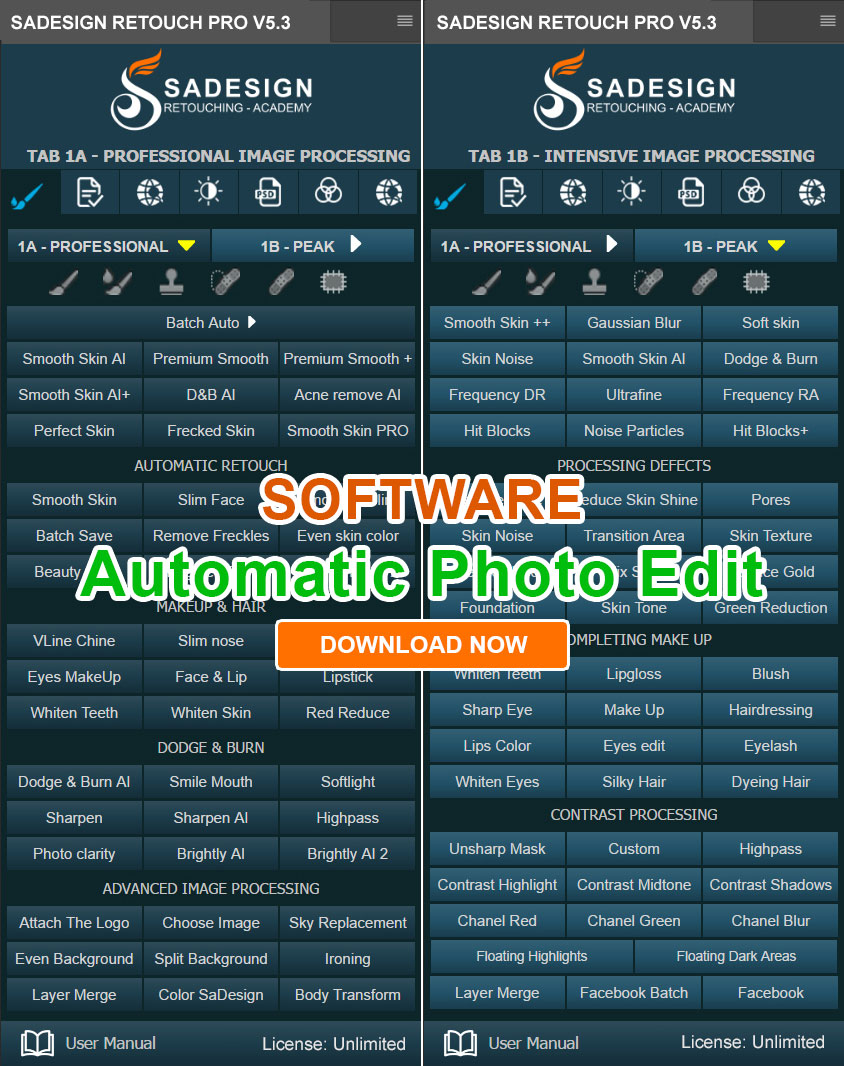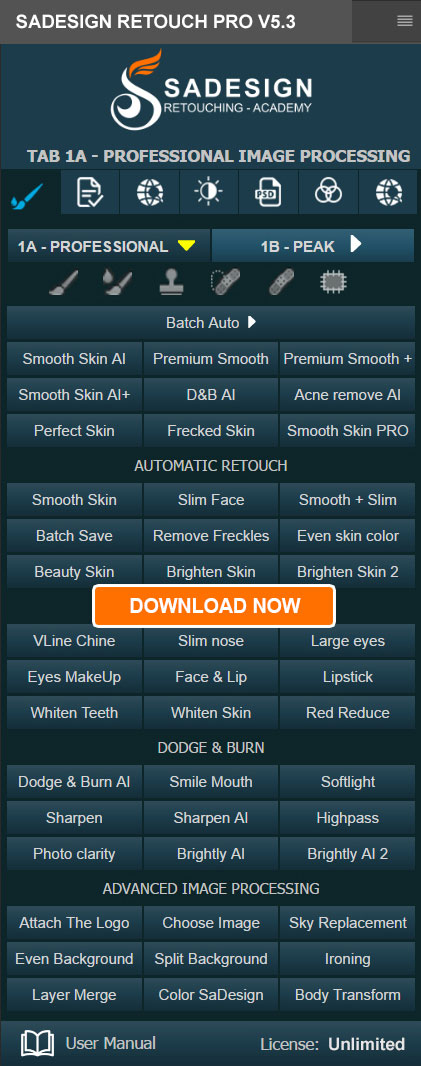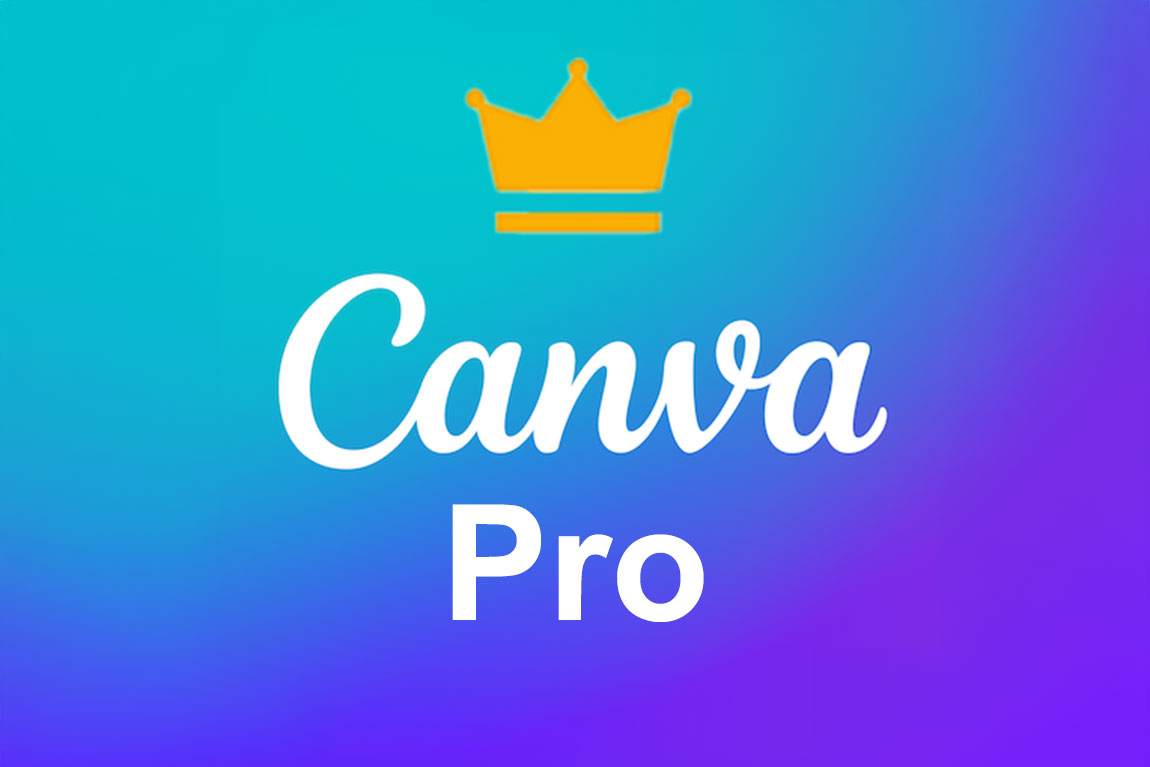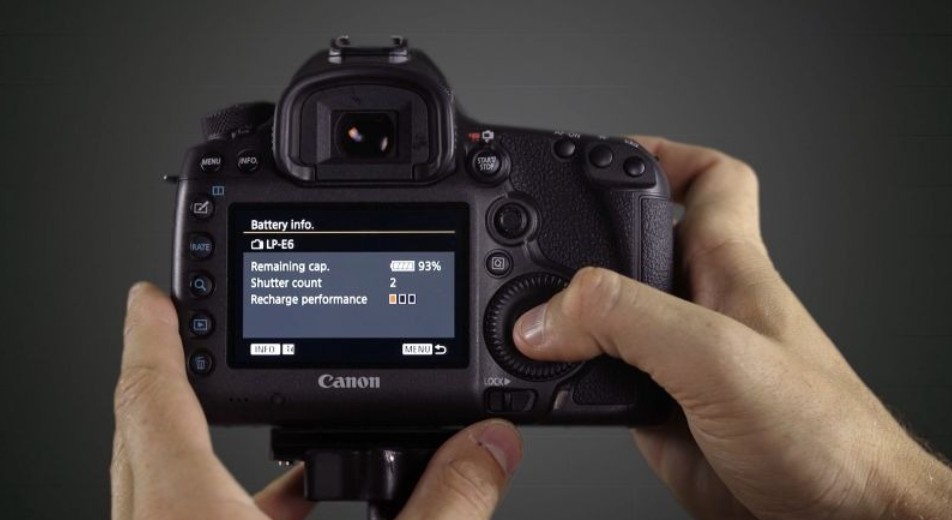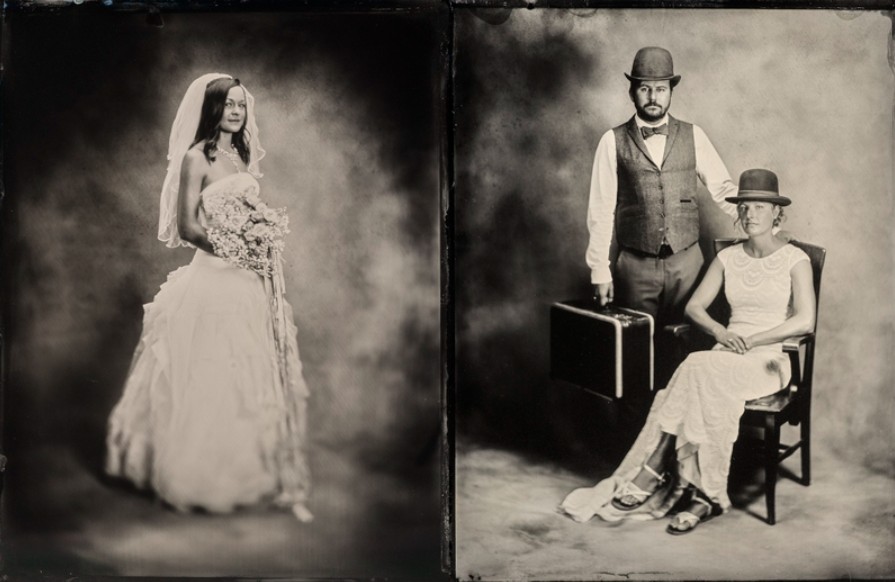Best Selling Products
Understanding Hard Light and Soft Light
Nội dung
If soft light brings gentleness and warmth, helping to enhance natural beauty, hard light creates strength, drama and deep visual impression.
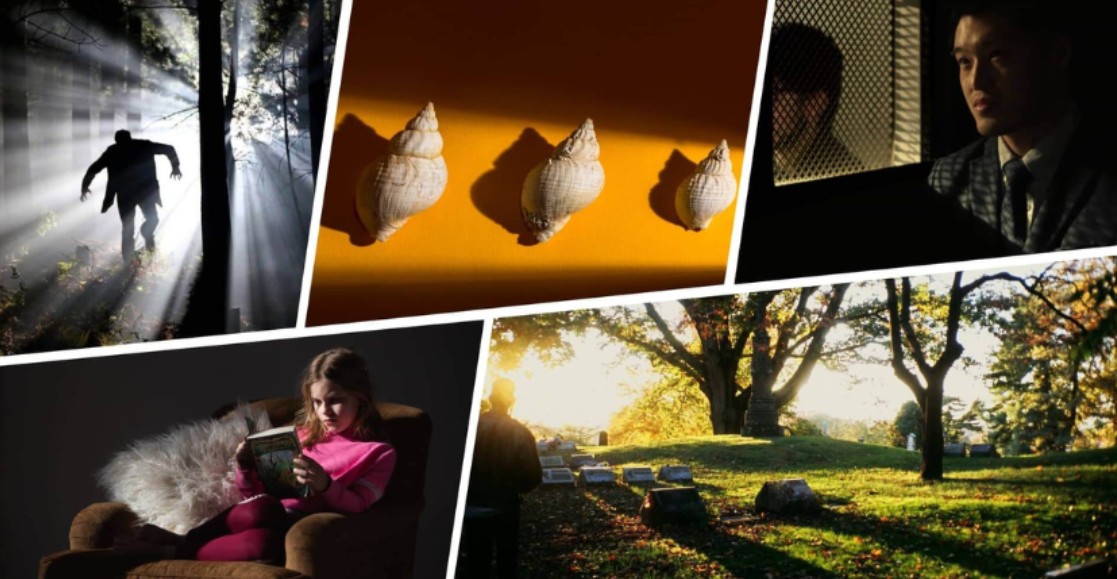
In photography, light is not only a technical element, but also the soul of the work. A photo can be sharp in detail, tight in composition, but without the right light, it will be difficult to touch the viewer's emotions. On the contrary, a simple frame but covered with harmonious light will easily become a true work of art. Therefore, light in photography is always likened to a "great teacher", guiding and leading every moment to become eternal.
In the journey of learning and mastering light, two basic but extremely important concepts are soft light and hard light. These are the two most common types of light, used flexibly to create many different styles and emotions. If soft light brings gentleness, warmth, helps to enhance natural beauty, hard light creates strength, drama and deep visual impression. Understanding this difference will help any photographer, from beginner to professional, to make the right decision about lighting to serve their artistic intentions.
1. Learn about soft light and hard light
Before discussing advanced techniques, it is important to understand the nature of these two concepts. Soft light and hard light are not unfamiliar terms, but to use them effectively, we need to take a deeper look at the characteristics and effects of each.
1.1. Soft light
Soft light is characterized by soft spread, soft shadows and smooth transitions between light and dark areas. This type of light is often pleasing to the viewer because it is not too harsh, while creating harmony and balance in the frame. In portraiture, soft light has the ability to hide skin imperfections, smooth out lines and bring out natural beauty.
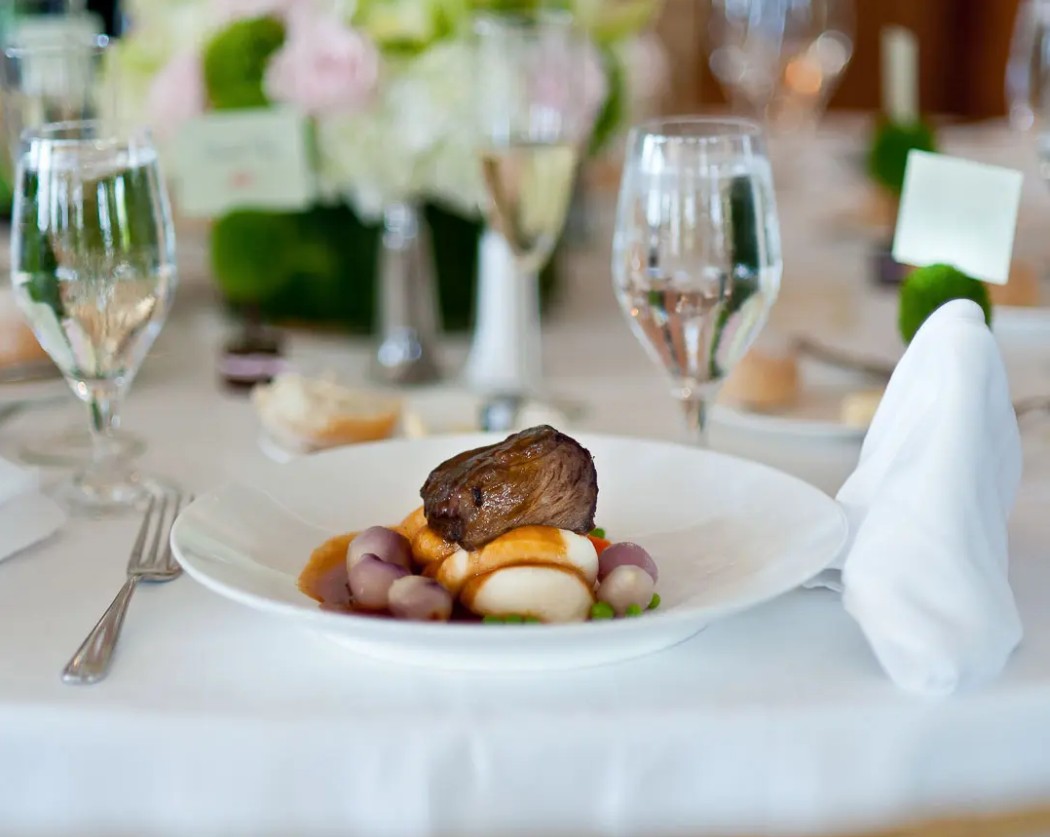
Soft light usually comes from large light sources or light that is diffused through a surface. Examples include sunlight on a cloudy day, when the clouds act as a giant softbox, light coming through sheer curtains, or a flash attached to a softbox. Because of its gentle nature, soft light is popular in portraiture, product photography, interior photography, and many other genres.
1.2. Hard light
In contrast to soft light, hard light has sharp characteristics, creating strong shadows with clear outlines. It highlights surface texture, emphasizes details and brings strong visual effects. With hard light, the photo often has high contrast, making a strong impression at first sight.
Hard light is often created by small, direct sources. Examples include unobstructed midday sunlight, an open-air flash aimed directly at a subject, or focused spotlights. In landscape photography, hard light helps to recreate the grandeur and harshness of nature. In fashion and art, it is used to create drama and unique visual impact.

2. Choose the light
There are no hard and fast rules when it comes to choosing between soft and hard light. It depends on the mood, style, and message the photographer wants to convey.
When you want a photo that is soft, intimate and highlights the natural beauty of the subject, soft light is the optimal choice. This type of light is suitable for portraits, macro or products that need soft details. For example, a photo of a model with soft light will make their face bright but still natural, without exposing small flaws on the skin.
Conversely, when a photographer wants to create drama, power or mystery, hard light is ideal. It accentuates lines, adds three-dimensionality and emphasizes details. In fashion photography, hard light is often used to portray the personality and boldness of the model. In landscape photography, hard light from the harsh midday sun can bring out the majestic, fierce feeling of nature.
The important thing is that light is not just a tool for illumination. It is also an artistic language, a way for the photographer to express his creative personality. A photograph lit with soft light or hard light can be successful, as long as it serves the right artistic purpose.
3. Examples of soft light
Cloudy days
Sunlight when covered by thick clouds becomes soft and diffuse. The cloudy sky at this time is like a giant softbox, turning the bright light into a soft, even and pleasant light source. This is the ideal condition for taking outdoor portraits without worrying about harsh shadows or too strong light on the face.
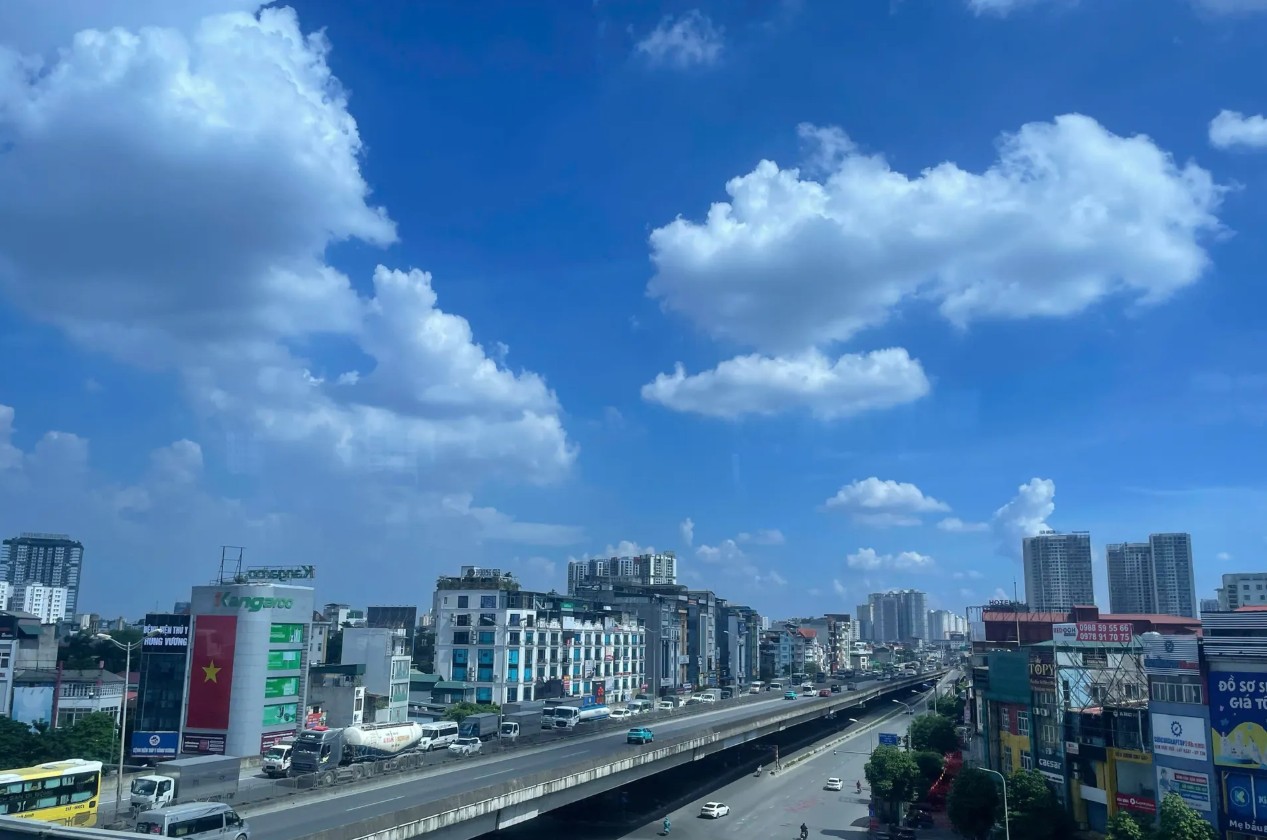
Many people think that cloudy days are dreary, but for photographers, they are a gold mine for emotional moments. A cloudy day shoot can add romance to a portrait, mystery to a landscape, or depth to an animal photo.
Indoor lighting
In interior spaces, light from windows or lamps can create a soft effect if properly arranged. When light passes through sheer curtains or reflects off light-colored walls, it spreads evenly throughout the room, minimizing harsh shadows and bringing harmony to the photo. This is why many photographers prefer to shoot in apartments with large windows or studio spaces with optimal lighting design.
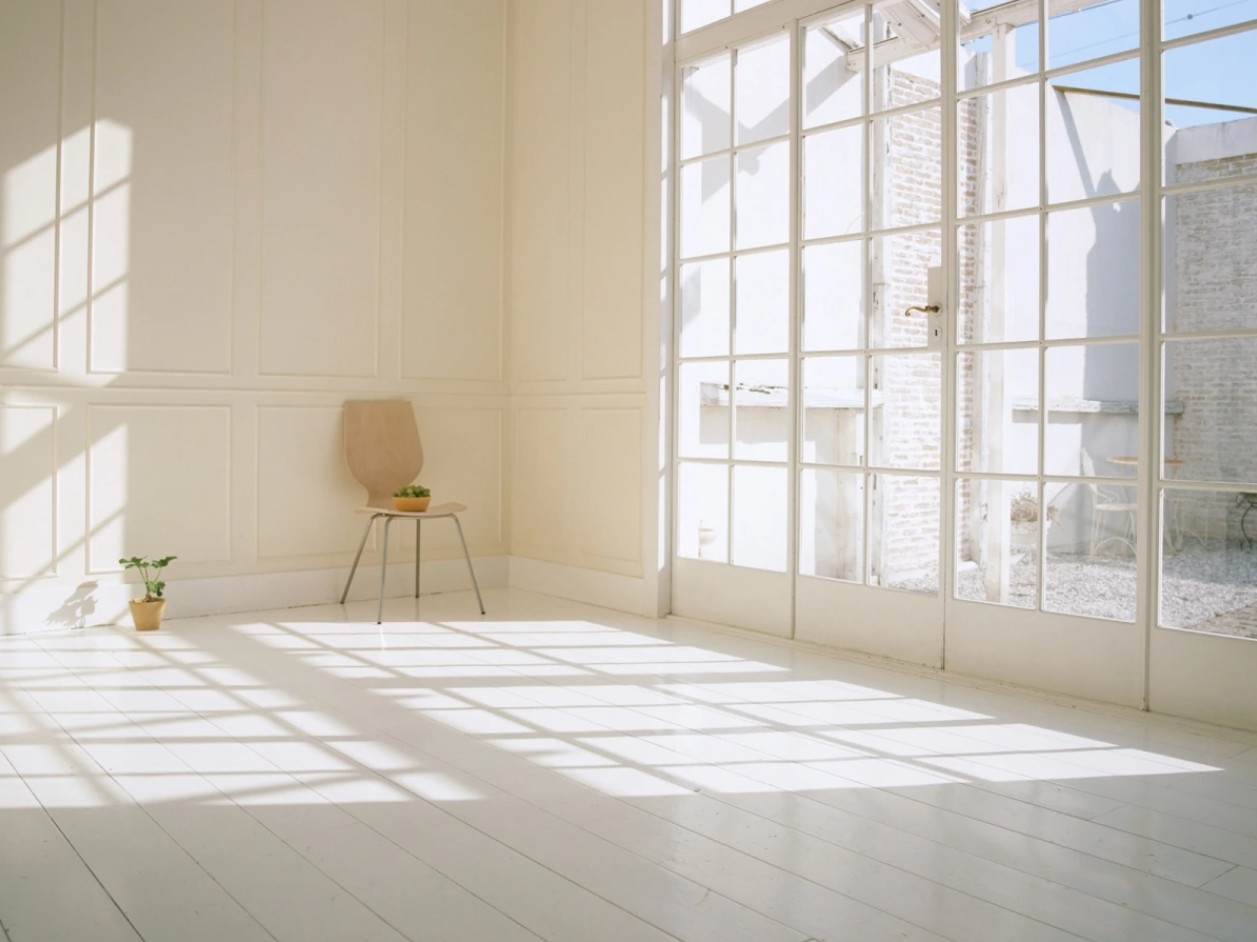
Shade
On a hot day, shade is ideal for creating soft, natural light. For portraits, shade helps avoid squinting eyes and overexposed skin, while also creating a softer light. For wildlife photography, shade can also add subtlety, softness, and depth to your work.
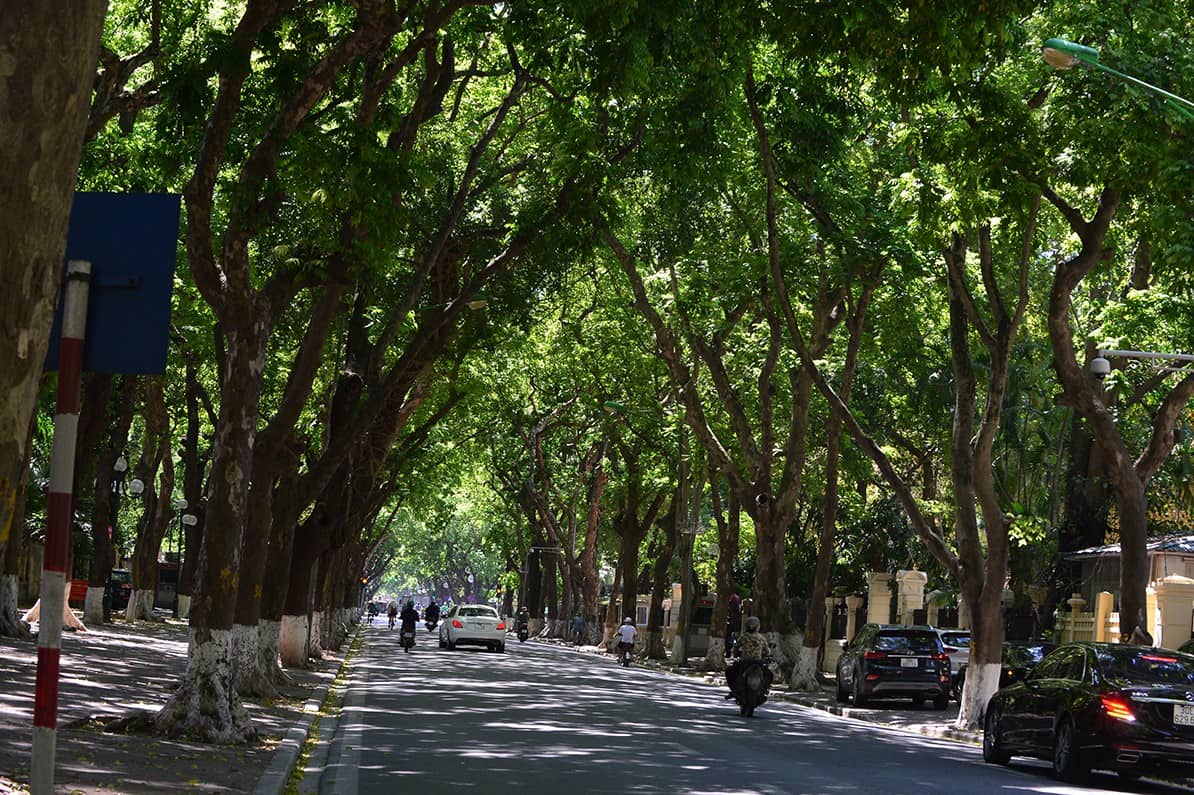
Morning and afternoon light
The moment the sun is low in the sky, often called the “golden hour”, is when the light is at its softest. Warm, golden rays of light wash over the scene, creating harmony and emotion. Not only does it bring a romantic beauty, the golden hour light also adds depth and makes the frame rich with emotion.
4. Examples of hard light
Sunlight shining through the window
When sunlight passes through a window, it creates distinct streaks of light with sharp shadows. This effect makes the scene dynamic and dramatic. Photographers often use this to create strong visual contrast, emphasizing lines or surface details.
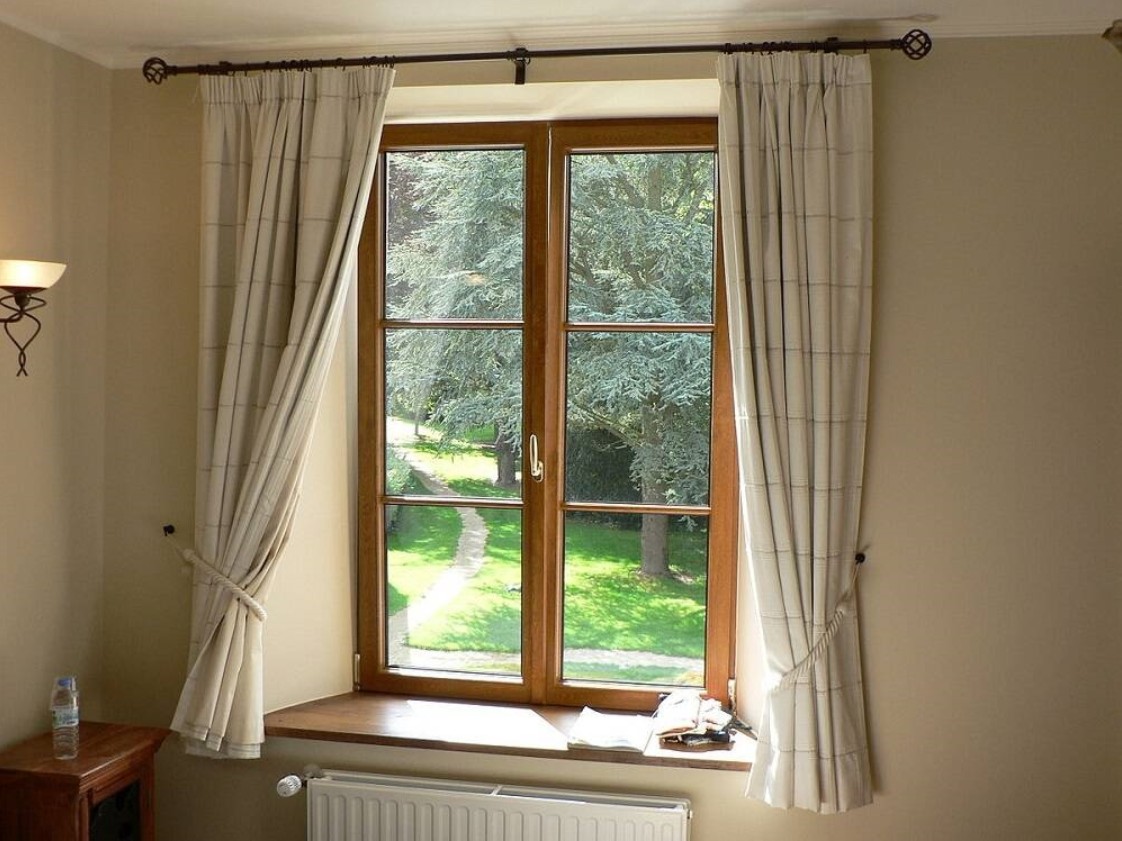
Midday sun
At noon, the light shines directly down from above, creating sharp, high-contrast shadows. This is the typical hard light, which often makes it difficult for photographers. However, for those who love challenges and creativity, midday light offers the opportunity to create powerful and bold frames.
5. Flash photography creates soft light
Flash is a great tool for controlling light in any situation, but straight flash light is often very harsh. To turn it into soft light, photographers need diffusers.
Photo umbrellas are considered a popular choice, thanks to their ability to amplify the light source and disperse the flash light evenly. Softboxes are also familiar tools, providing soft, subtle light and significantly reducing shadows. In addition, compact diffusers can easily turn the harsh light of the flash into soft light in limited spaces.
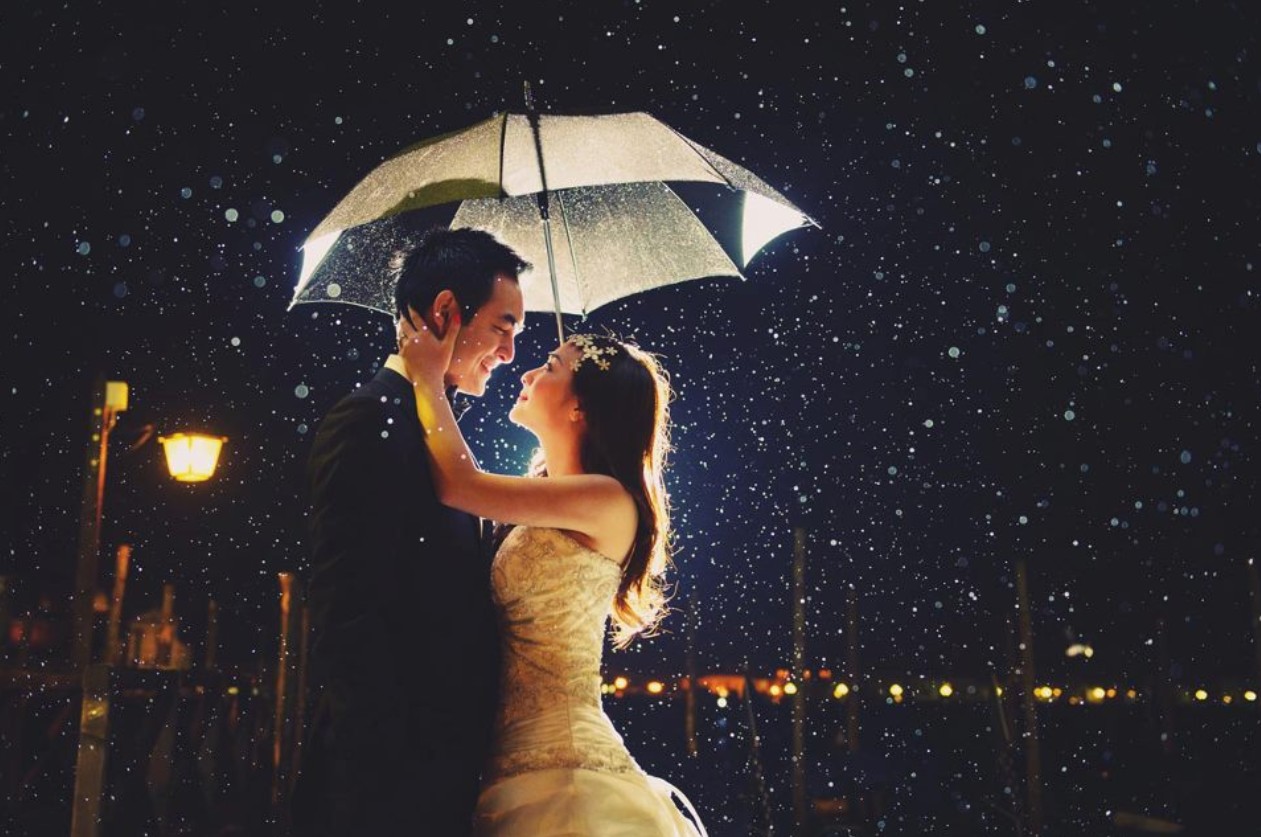
Reflector is also a “secret weapon” to help soften the flash light. When the flash is aimed at a wall or ceiling, the light is reflected back to the subject gently, creating a warm and natural look.
6. Flash photography creates hard light
Flash is not only for softening light but can also be used to create hard light.
Using an open flash, which shoots light directly at the subject, will create sharp, dramatic shadows, while a small diffuser will keep the light strong but more controllable.
One special tool is the snoot: a tube attached to a flash that narrows the light beam into a narrow beam. With a snoot, a photographer can create a sharp, focused area of light that emphasizes a particular detail. This is a technique often seen in fine art photography, where light is used to tell a story and create emphasis.
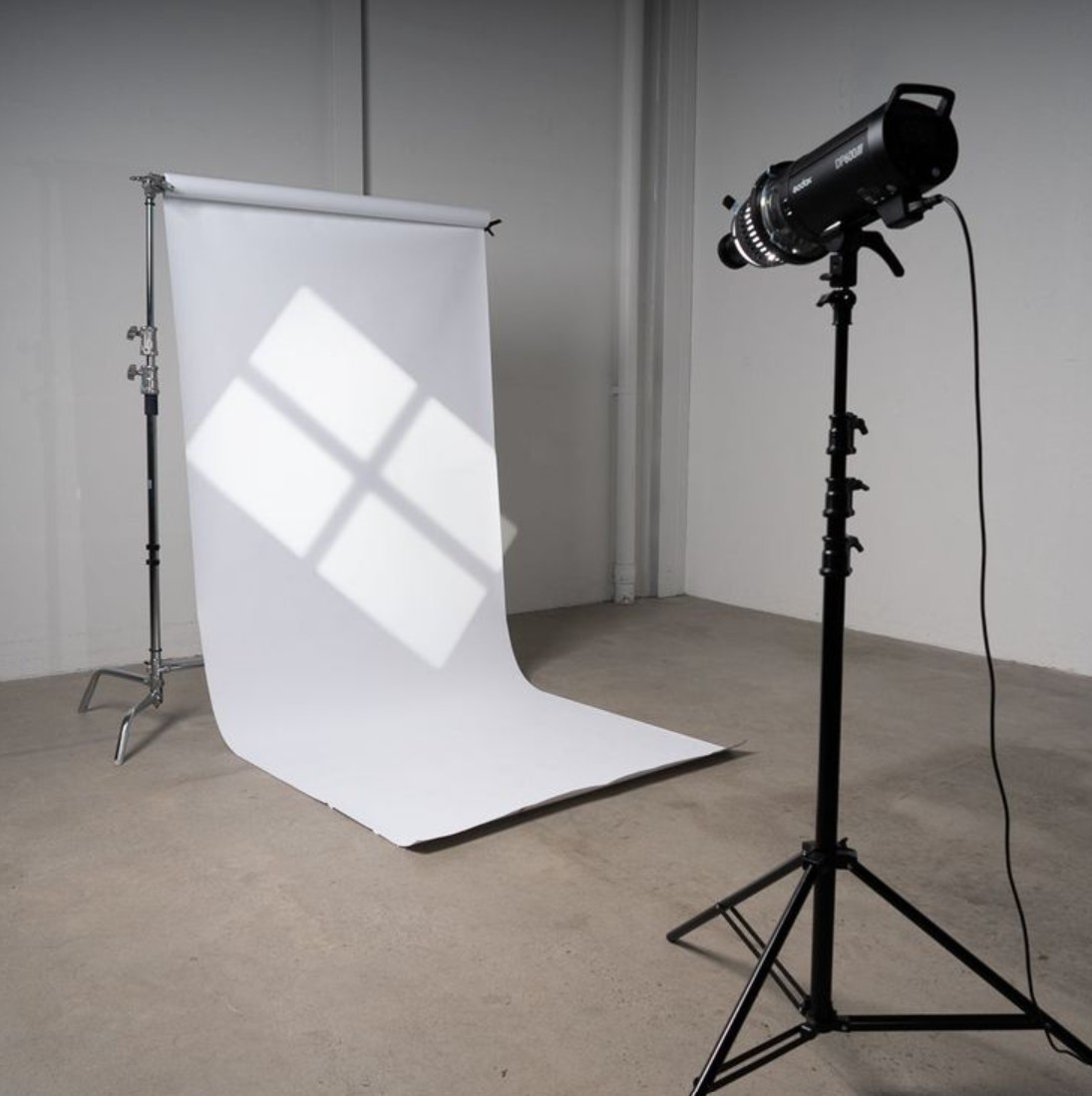
Soft light and hard light both have important and irreplaceable roles in photography. They are not just technical concepts, but also artistic tools that help photographers express emotions and ideas.
Soft light is gentle, delicate and pleasant, while hard light creates strength, drama and impression. The choice of which type of light depends on the goal and message of each work. More importantly, once you have mastered the principles, you can completely combine both to create unique photos with your own mark.





